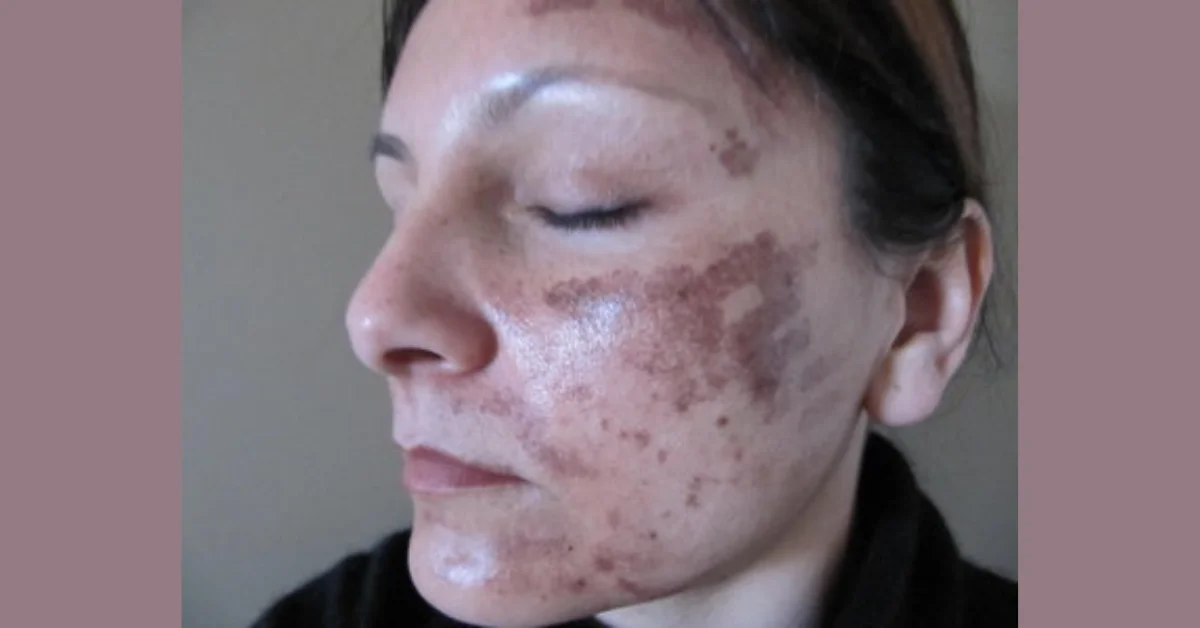Beasteater Face Chemical Burns: Key Symptoms and When to Seek Help
Chemical burns, particularly those associated with products like Beasteater, present a significant risk for both beauty enthusiasts and skincare professionals. These burns often result from exposure to harsh chemicals, leading to symptoms such as redness, irritation, and potentially severe skin damage. It’s crucial to recognize that certain ingredients or products in skincare regimens can trigger such adverse reactions, making awareness and prevention key to maintaining skin health. By understanding the risks, individuals can take proactive steps to safeguard their skin from the damaging effects of these chemicals.
Understanding Swelling as a Symptom of Chemical Burns
Identifying the signs of a Beasteater face chemical burn is essential for ensuring timely care and minimizing skin damage. One of the initial indicators is redness, which can vary from slight irritation to a more intense, fiery appearance. This redness is usually paired with sensations of burning or stinging, which signal that the skin has become irritated and requires attention to prevent worsening symptoms.
Swelling is another key symptom to monitor. It can either appear right after applying a product or develop gradually over time. The skin may feel tight and uncomfortable due to inflammation, which indicates that the affected area is reacting negatively to the product and needs to be treated with care to reduce further irritation.
Why Patch Testing New Skincare Products Matters
Preventing Beasteater face chemical burns requires both knowledge and careful consideration. Begin by thoroughly reading the labels of your skincare products. Pay attention to ingredients that are known to cause irritation, especially those with strong active components in high concentrations. Being aware of what you’re applying to your skin can help you avoid unnecessary exposure to harmful substances and reduce the risk of burns.
Another key preventive step is to always perform a patch test when trying new products. Apply a small amount of the product to a less visible area, such as behind your ear or on your wrist, and wait 24 to 48 hours to check for any adverse reactions. This simple precaution can help you gauge how your skin will respond before applying the product to more sensitive areas, like your face.
Read More: Kenmore Dryer Model 11062812990
Choosing the Right Sunscreen for Effective Skin Protection
Effective sun protection is essential for avoiding Beasteater face chemical burns, as UV radiation can compromise the skin’s natural barrier, making it more vulnerable to irritation from skincare products. To safeguard your skin, always incorporate a broad-spectrum sunscreen with a minimum SPF of 30 into your daily routine. Apply it as the final step in your skincare regimen to ensure comprehensive protection against harmful UV rays.
When selecting a sunscreen, consider options that align with your skin type and personal preferences. Whether you prefer a lightweight lotion, a mineral-based formula, or a hydrating option, it’s important to choose one that provides adequate protection while feeling comfortable on your skin. For optimal results, reapply sunscreen every two hours, particularly if you are spending extended periods outdoors.
When to Seek Medical Attention for Beasteater Face Chemical Burns
Although many Beasteater face chemical burns can be managed with home care, there are situations where seeking medical assistance is crucial. If you experience severe pain, extensive blistering, or any signs of infection such as pus or significant redness, it is essential to reach out to a healthcare professional promptly. These symptoms may indicate more serious damage that requires professional intervention.
If home treatments fail to alleviate persistent symptoms, it’s important to consult with a dermatologist. A medical professional can assess the burn’s severity and provide targeted treatments to aid in healing and prevent further complications. Their expertise is vital for ensuring proper care and addressing any issues that arise during the recovery process.
Learning and Sharing: Navigating the Aftermath of a Beasteater Face Chemical Burn
Experiencing a Beasteater face chemical burn can serve as an important learning experience. Take the time to evaluate the factors that may have contributed to the burn, such as the products used or the application methods. Consider whether adjustments to your skincare routine, a change in products, or professional guidance might prevent similar incidents in the future.
Sharing your experience with others is crucial for increasing awareness about the potential dangers associated with Beasteater products. By discussing your challenges, you can help others make more informed decisions and avoid similar issues, ultimately fostering a safer skincare community.
FAQs
What are the common symptoms of a Beasteater face chemical burn?
Common symptoms include redness, irritation, burning or stinging sensations, and swelling. In severe cases, blistering and signs of infection such as pus may also occur.
How can I prevent chemical burns when using skincare products?
To prevent chemical burns, always read product labels for potentially harmful ingredients, perform patch tests on new products, and avoid using multiple strong active ingredients simultaneously.
What should I do if I experience a chemical burn?
If you suspect a chemical burn, rinse the affected area with cool water immediately to remove the product. Apply a soothing ointment or aloe vera gel and avoid further irritation. Monitor the symptoms closely.
When should I seek medical attention for a chemical burn?
Seek medical help if you experience severe pain, extensive blistering, persistent redness, or signs of infection such as pus. If home treatments do not alleviate symptoms, consult a dermatologist for professional care.
Conclusion
Chemical burns, particularly those resulting from the use of products like Beasteater, highlight the importance of vigilance and education in skincare routines. Recognizing symptoms such as redness, irritation, and swelling is crucial for timely intervention and effective treatment. By understanding the potential risks associated with certain ingredients, individuals can take proactive measures to prevent adverse reactions.
Read Next: Zombogo DL






